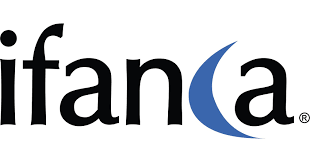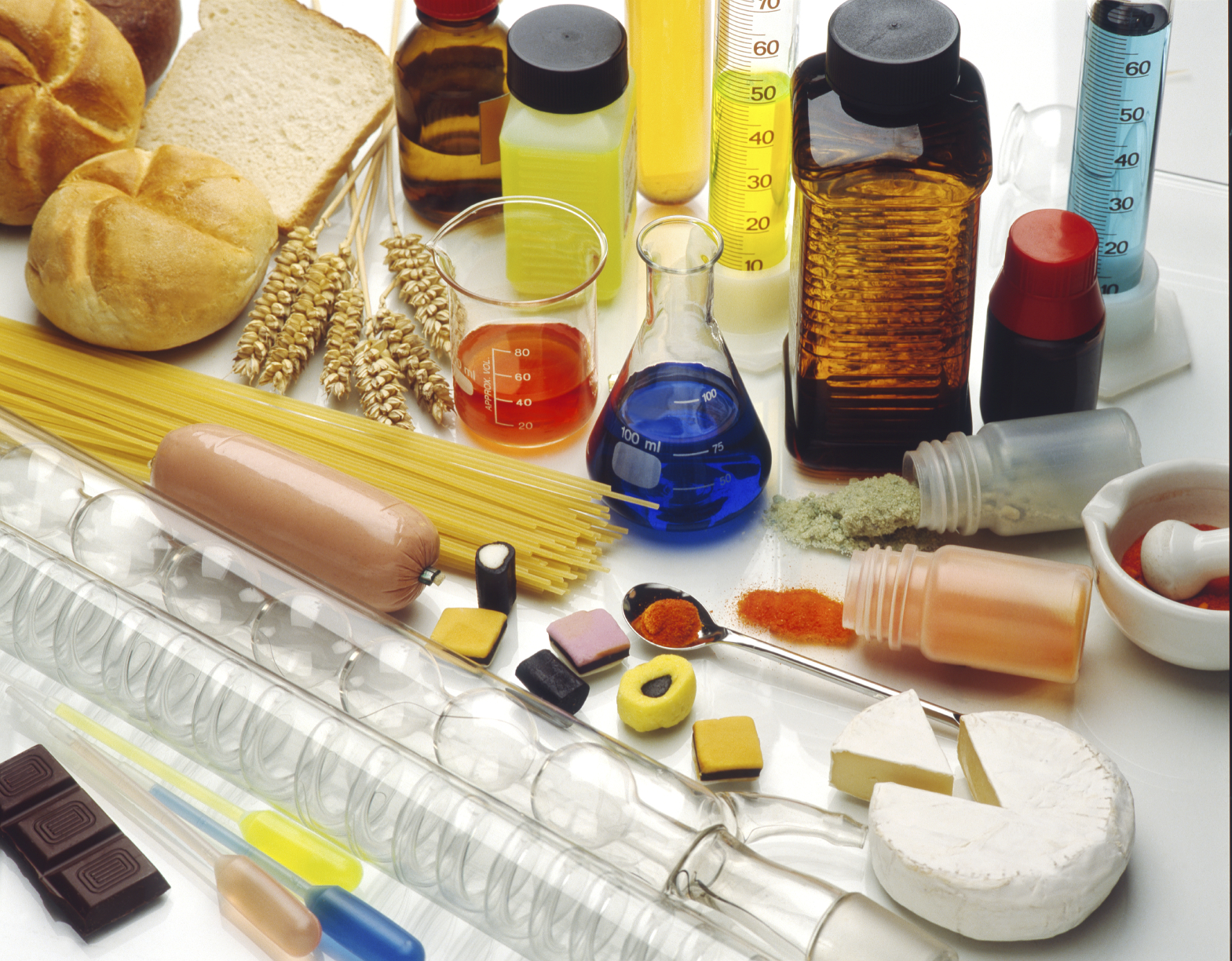
Food ingredients, additives and flavourings: are they halal?
The use of food additives has increased proportionately with the global trend towards more processed food. For halal food manufacturers, sourcing suitable additives, whether these are natural, nature-identical or synthetic, can be an issue of major concern.
Whether it is to improve taste, shelf life, appearance, food safety, process flow or nutritional value, food additives can be as important as the main ingredients of a food product, and in some cases, can make the difference when it comes to the halal market.
|
YOUR PAIN POINTS ADDRESSED |
ASK YOURSELF |
|
|
Scenario: You are responsible for developing a new range of processed halal food products. How much will you make use of food additives, and how can you ensure that they are from halal sources? |
What are the major issues in halal additives? |
What are the key food additives to check for halal compliance? |
|
Should I use natural or synthetic additives? |
||
|
How do I ensure the additives in use are halal? |
||
$40 BILLION MARKET BY 2021
There are an estimated 3,000 food additives currently in use in the food industry and the market for food additives in 2014 was estimated to be worth $31.4 billion. This number is projected to reach $39.8 billion in 2021, according to research and consulting firm Transparency Market Research.
HALAL ADDITIVE ‘HOT SPOTS’
With divergent trends in the market – one towards more processed convenience foods and the other towards more natural and healthy foods – manufacturers must first decide where to position their brand within that spectrum.
Regardless of that choice, there are a number of additive ‘halal hot spots’ to be considered.
Gelatine, widely used in many food products, is often from a porcine source, and if bovine, there are still issues regarding the slaughter method in use.
L-cysteine is widely used in commercial baking and bread-making. It could be derived from human hair or duck feathers.
Various emulsifiers and thickening agents can be derived from both animal and vegetable fats.
Many additives are available from both natural and synthetic sources.
While natural additives, such as the use of beetroot as a colouring agent, may be a preferred option, greater care must be taken regarding the source.
Is it from an animal? Is the animal itself halal? Was the slaughter method halal? Has there been any downstream mixing with non-halal sources?
Importing countries may have different regulations in this respect and care must be taken to determine the rulings for the target market.
SYNTHETIC ADDITIVES
Synthetic additives, such as a form of L-cysteine, which can be made in a laboratory, can be a way to side-step these issues, but it opens other issues such as consumer acceptance and health and safety.
Some synthetic additives can be banned in one country but permitted in another and there may be consumer resistance from the standpoint of the ‘tayyib’ or wholesome aspects of the product.
Both producers and consumers are starting to question whether additives that are clearly unhealthy or where there is doubt regarding their safety can really be considered to be halal – regardless of how they have been sourced.
This is likely to become more of an issue in the near future and is now also being highlighted in the cosmetics and personal care markets.
|
SIZE OF THE GLOBAL FOOD ADDITIVES MARKET (USD billions) |
 |
|
Source: Food Additives Market - Global Industry Analysis, Size, Share, Growth Trends and Forecast 2015-2021, Transparency Market Research, July 2015 |
HALAL COMPLIANCE
Regardless of whether you choose natural, nature-identical or synthetic additives, great care must be taken to ensure that they will be accepted in the target halal market.
Ensuring halal compliance throughout the supply chain, right down to the micro-ingredients, can be a painstaking and time-consuming operation.
Finding a competent certification body with a genuine knowledge of this degree of detail can be a task in its own right but it is one that is worth pursuing to ensure that the appropriate halal certification can be obtained.
Consumers are also becoming increasingly aware of the hidden ingredients, the ones that do not have to be listed as ingredients on the label.
These can include releasing agents used in baking, anti-foaming agents used in the production of chicken nuggets, or clarifying agents, such as gelatine used to clarify apple juice.
For manufacturers, the choice of which additives to use, how far to take the certification process, and even which ones to list on the product labels, can be decisions that can make or break a product.
|
RECOMMENDED ROADMAP FOR HALAL PRODUCERS |
| Decide where your products fit in the ‘convenience versus healthy’ spectrum; this will pre-define some of the additive choices. |
| Avoid additives that are doubtful from either a Shariah or health and safety perspective. |
| Ensure that you can obtain a regular supply of consistent quality, allowing for future expansion. |
| Decide how detailed your product label should be. Do you just fulfil legal requirements, or opt for full disclosure to earn consumer respect and trust? |
| Take advice from a competent certification body that has qualified food scientists in their team. |
| Clarify which additives are not considered halal in the target market, as this can vary from country to country. |
© Copyright SalaamGateway.com 2015

Abdalhamid Evans, DinarStandard Associate Partner